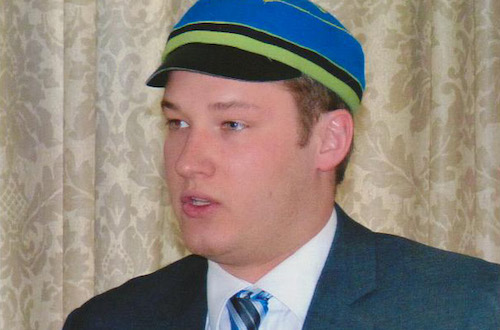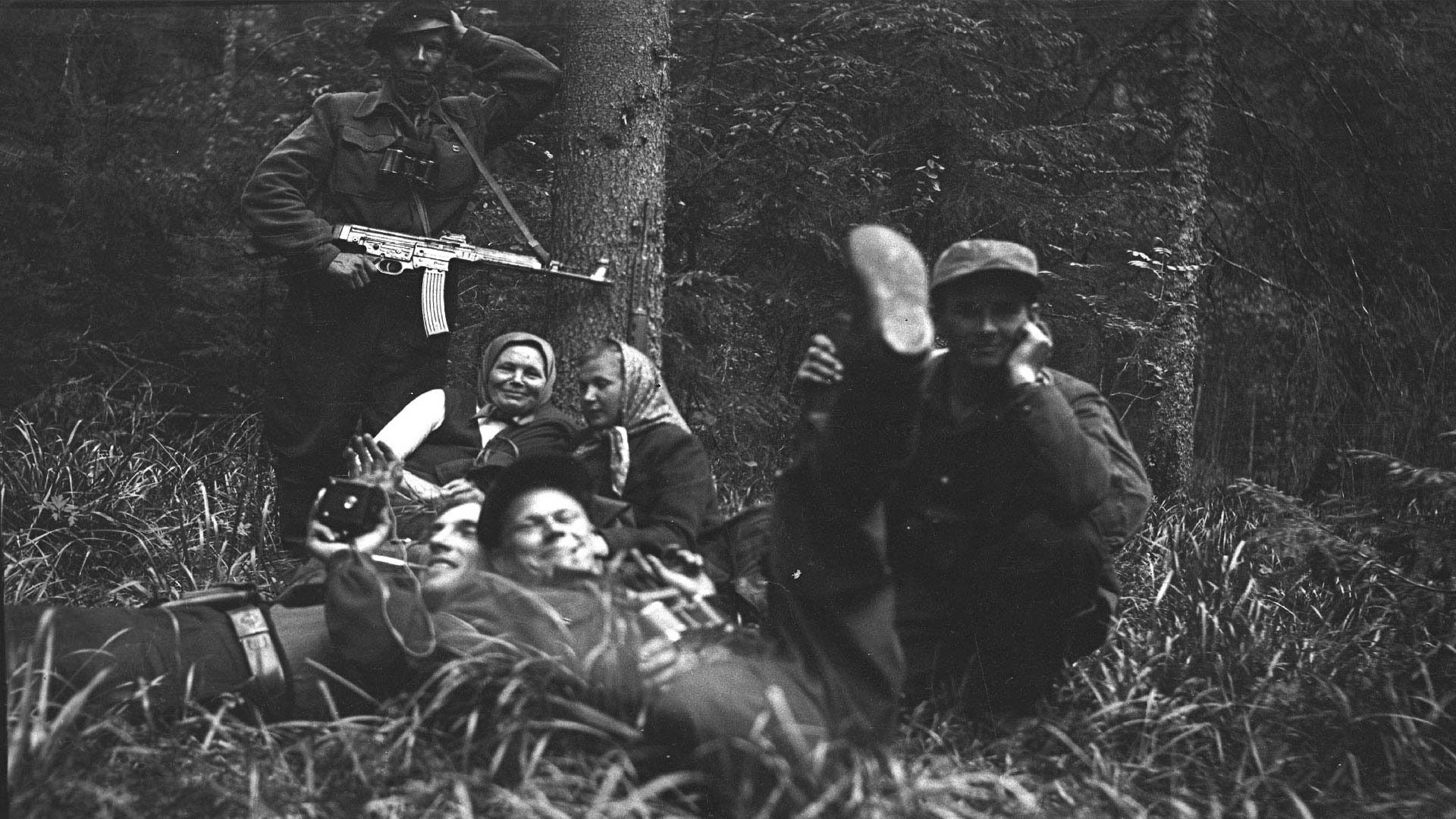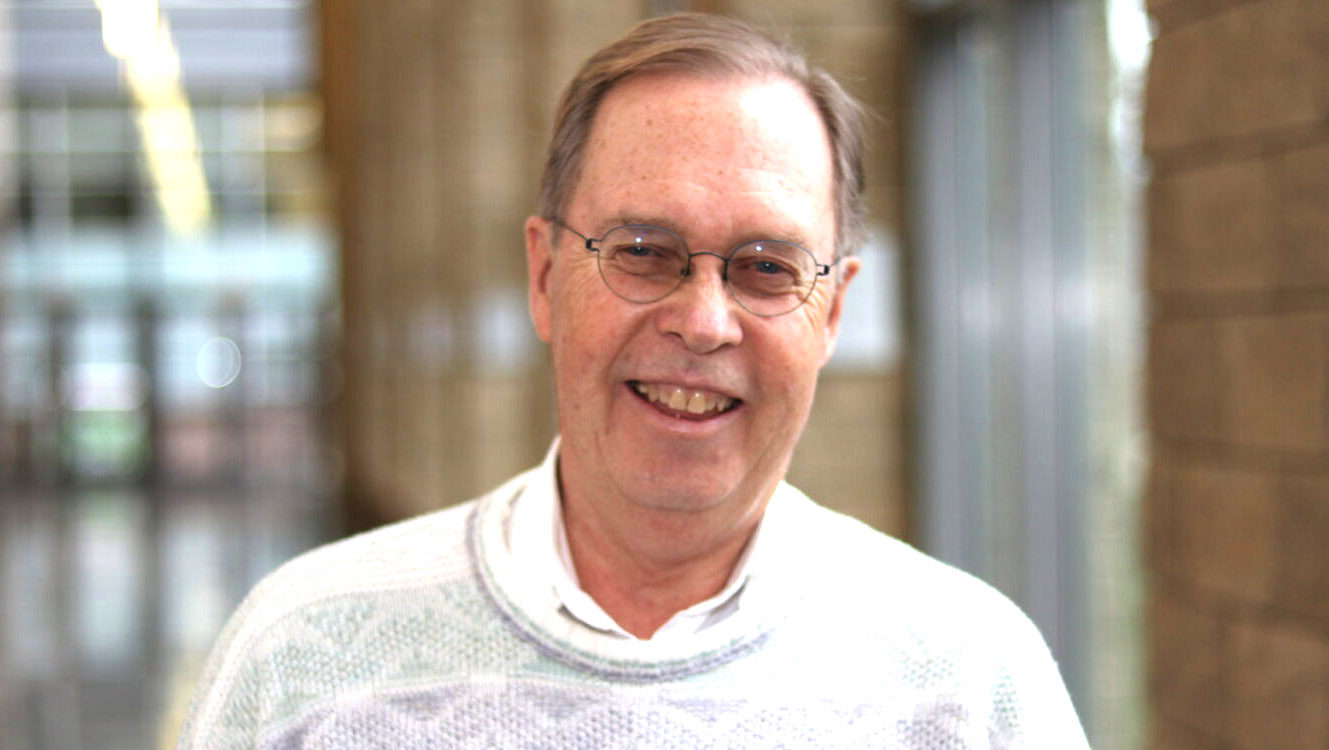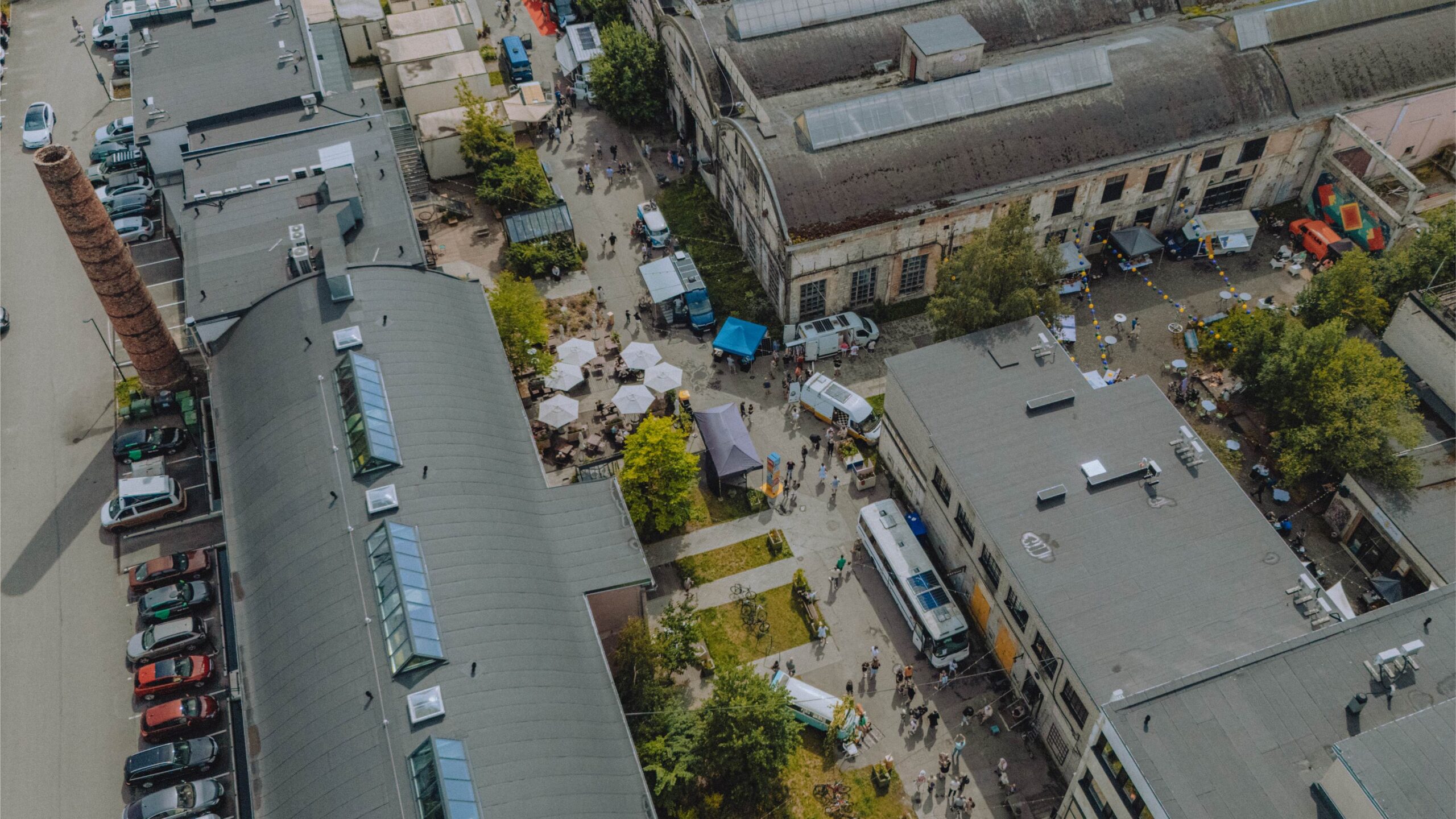Almost 30 years later, Estonian exile communities that sprouted all over the world after the Second World War – in Australia, Europe, North America – have celebrated that single date as the focus of political and individual freedom that was lost after Nazi Germany and Communist Russia had colluded on Aug. 23, 1939 to walk over the smaller Baltic countries and start their own war, involving the whole world.
When members of historic fraternal organizations in Toronto's Estonian community decided in 1957 to honour those who had fought in the War of Independence, a number of whom were then alive, a tradition was born. The sorrows of the Second World War were balanced by reminders of victories in Estonia's first modern war. The cause was strengthened by the fact that university students as well as schoolboys had joined that struggle of 1918-20. Those same freedom fighters of long ago were the senior citizens in the exile community of 1957. Some had even participated in subsequent struggles keeping Estonia's enemies at bay.
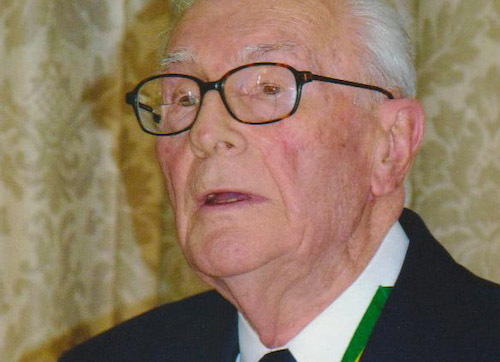 When the veterans of the Freedom War were beginning to disappear, these university-based fraternal organizations found a way to maintain their heroic legacy. They chose to honour those who had stood for Estonia's difficult struggle to survive and maintain its independence and identity in the Second World War. Fortunately, the principal countries in the West never formally recognized the unhappy result that lasted for almost a half-century – the blatant incorporation of the Baltic countries into the Soviet Union.
When the veterans of the Freedom War were beginning to disappear, these university-based fraternal organizations found a way to maintain their heroic legacy. They chose to honour those who had stood for Estonia's difficult struggle to survive and maintain its independence and identity in the Second World War. Fortunately, the principal countries in the West never formally recognized the unhappy result that lasted for almost a half-century – the blatant incorporation of the Baltic countries into the Soviet Union.
This is obviously a much more complicated story of challenges and resistance to tyranny than the Estonian War of Independence. The complications include the forcible inclusion of Estonia's armed forces into that of the Soviet Union in 1940 and the 33,000 men forcibly conscripted in 1941, a week after the horrible deportatation in June 14 of Estonian families to the Soviet Union. The German military forces absorbed an equal number of Estonian men, whose clear aim was nevertheless a liberated independent Estonia. The outcome was tragedy for the country but hope in the exile communities.
The past resurfaced on Sunday, Feb. 23, following the Independence Day ceremonial assembly at Toronto's Estonian House. The term Independence refers very concretely to Feb. 24, 1918 and is echoed thankfully in its renewal following the collapse of communism in Russia in 1991. But the spirit of freedom, forever hungry for nourishment, includes the World War II veterans.
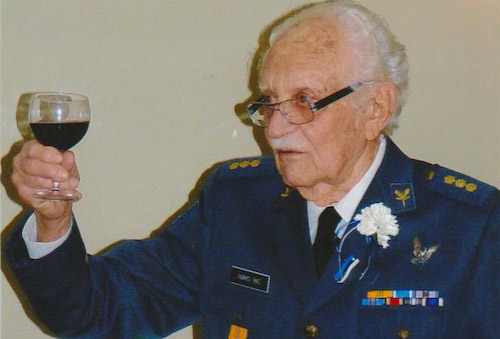 The gathering in the Crystal Hall across from the ceremonial hall was attended by a surprising number of veterans mostly in their nineties. Some of these gentlemen reflect advisory military service in Estonia during the 90's. The rest of the medium-sized assemblage was composed of members of the academic fraternal organizations historically linked to the occasion and as well as their guests.
The gathering in the Crystal Hall across from the ceremonial hall was attended by a surprising number of veterans mostly in their nineties. Some of these gentlemen reflect advisory military service in Estonia during the 90's. The rest of the medium-sized assemblage was composed of members of the academic fraternal organizations historically linked to the occasion and as well as their guests.
The head of the Federation of Estonian Fraternities and of this year's presiding organization, Korp! Rotalia, is a very recent university graduate. Aleks Kivi is an energetic and forcible speaker who clearly reminded the listeners why they had come to the occasion. In a brief but moving ceremony led by Aleks, all stood and honoured the Estonian veterans.
A spontaneous moment occurred when Lt. Tarmo Rae in his Estonian Air Force Reserve uniform stood up and toasted the freedom-seeking Ukraine in today's bitter world. A fusion of concepts occurred when Egbert Runge, renowned for his work with the Estonian Scouts in Canada, was moved to speak up and comment on his position. He illustrated his role as a war veteran who did not join one of the Estonian veteran's organizations because he had chosen to devote his energy to Estonian youth. That devotion is still bearing fruit in the expression of current youthful community leadership.
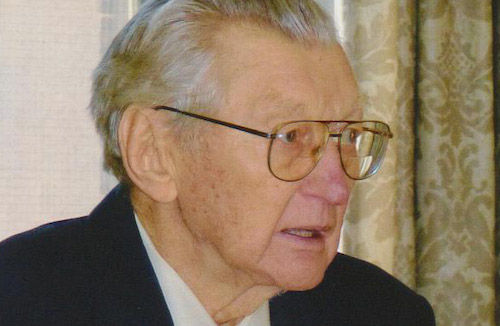 A brief summary of the event was voiced by Lieutenant-Commander Paavo Loosberg who had joined the Finnish naval forces in Finland's struggle against the Soviet Union. Paavo Loosberg was aide-de-camp to the President of Estonia in 1993-95 while serving at Defence Headquarters. In his brief expression of thanks to the organizers at Sunday's event he represented all the veterans present.
A brief summary of the event was voiced by Lieutenant-Commander Paavo Loosberg who had joined the Finnish naval forces in Finland's struggle against the Soviet Union. Paavo Loosberg was aide-de-camp to the President of Estonia in 1993-95 while serving at Defence Headquarters. In his brief expression of thanks to the organizers at Sunday's event he represented all the veterans present.
Not only was the Estonian Federation of Fraternities (EKL) the host of the reception, but also the ancient Eesti Üliõpilaste Selts (EÜS), founded in 1870, whose colours became the Estonian flag. Their participation in Sunday's event was the most numerous and it was their chairman who made the concluding remarks.
The final brief sing-a-long reflected a much more spirited approach to Estonian history than the lyrical choral presentation at the Ceremonial Assembly, which included the beautiful hymnal song of passive resistance against the apex of Soviet oppression in the 40's and 50's. The reception for the veterans was definitely in the spirit of freedom-fighters of long ago, depicting a much more active and militant struggle. The spirit of freedom and independence continues to thrive.
Andres Raudsepp
